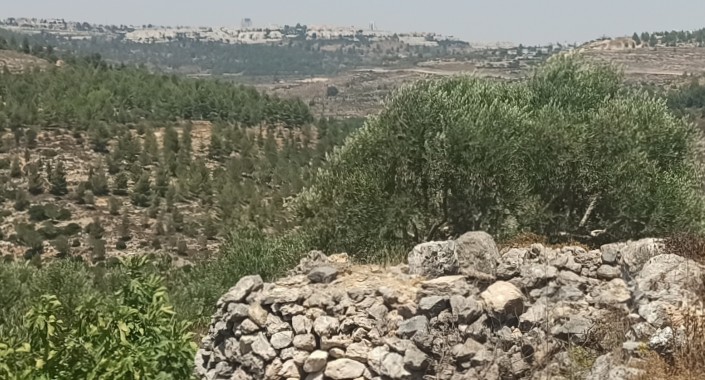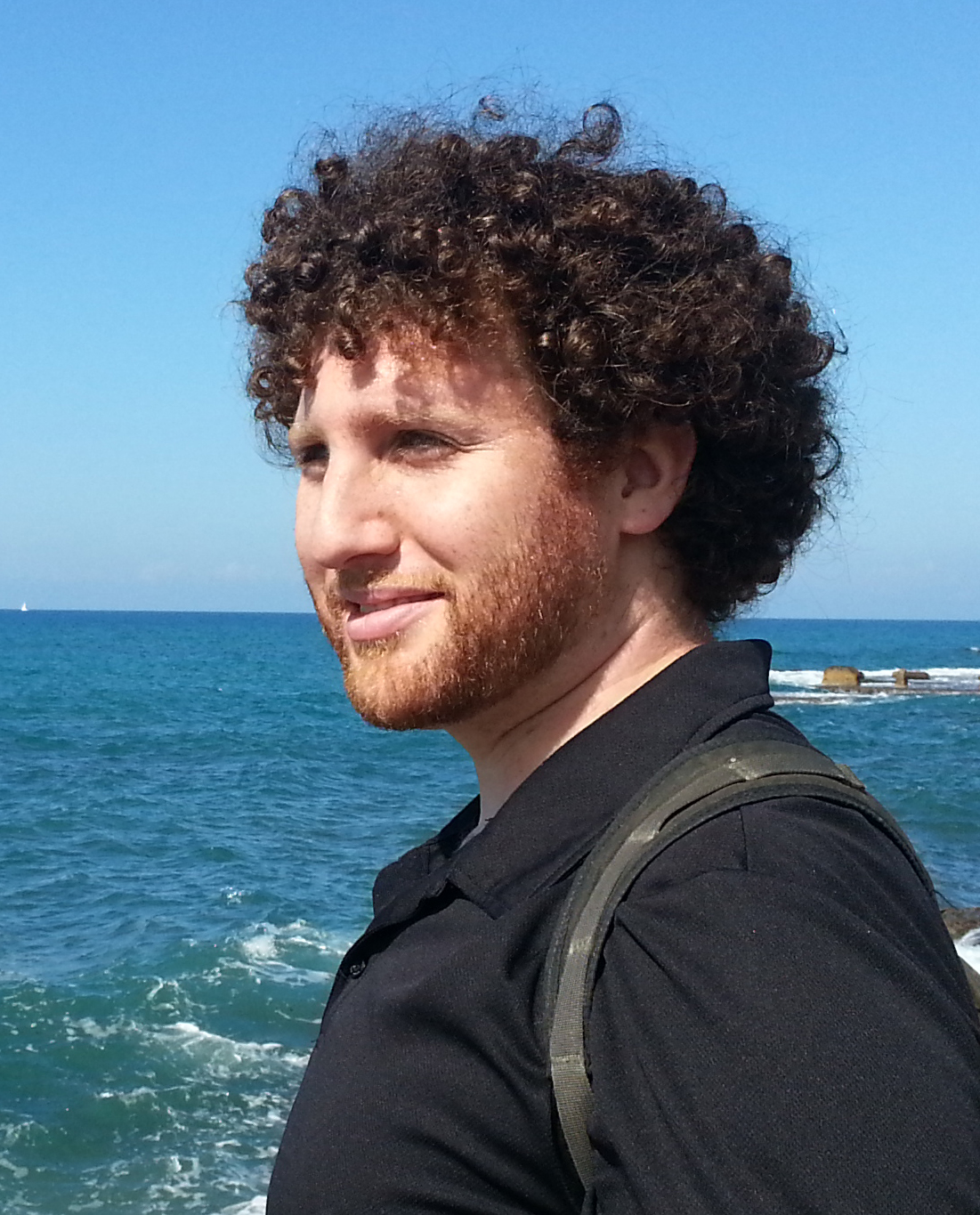
‘I want to hike to the ruins of Beitar. Who wants to join?’
I looked at the message on my phone and my mind started racing!
We had all learned about Beitar. It had been the last and strongest fortress from which Shimon bar Kochva rebelled against the Roman Empire.
For some reason during the Tour-Guide course we didn’t visit the ruins, in fact I had never heard of anyone visiting the ruins and it had always troubled me.
Ever year on the fast day of Tisha B’Av (the ninth day of the jewish month of Av) Jews around the world mourn the destruction of the first and second Jewish Temples that stood in Jerusalem. This day on which both of the temples were destroyed has become the day on which all tragedies that befell the jewish people are remembered.
In Synagogues around the world congregations will read a scroll telling the story of the destruction of the first temple and then will read ‘kinot’ which are poems that were written to mourn tragedies. Many of these Kinot mention the fall of Beitar.
The second Jewish Temple was destroyed by the Romans in the year 70. Sixty two years later in the year 132 Shimon Bar Kochva led a widespread revolt against the Romans. Using Guerilla tactics and hiding in underground tunnels and caves the revolt was a surprising success at the beginning.
Over time the Roman army developed new tactics and was able to start getting the upper hand in the war.
In the year 135 after a number of losses, the forces retreated to the city of Beitar in the mountains not far from Jerusalem. They built heavy fortifications in order to hold out against the Romans.
The Romans in turn set siege to the fortress building a wall around it even longer than the wall that they built around Masada!
According to the Jerusalem Talmud the fortress fell on the ninth of Av (the fast day) and all of the defenders were slain.
The date that was chosen for the hike to the ruins of Beitar was the 1st of the month of Av- the beginning of nine days of mourning leading up to the fast day on the 9th.
The place identified with Beitar are ruins called ‘hurvat al yahud’ Arabic for ‘Ruins of the Jews’ and is located beside the Palestinian village of Battir.
The route that we chose was long and windy in order to stay as far as possible from the Palestinian cities. After a very long hike and extremely steep climb we found ourselves on the ruins of Beitar. Most of the ancient city is hidden under terraces of olive trees but here and there the size of the fortifications was unmistakeable.
Standing on top of the fortress surrounded by deep valleys on three sides, I understood why Shimon Bar Kochva had chosen that location.
Reading the kinot will be much more meaningful this year.



Hi kiddo. What’s up?
How are all the kiddies?
I’ll have to meet them someday when this mess is over. By
Must be nice to be out on the hills.
Please
Send me some pictures to paint.
I hope that we will meet in the not to distant future. i’ll send you a couple of pictures soon